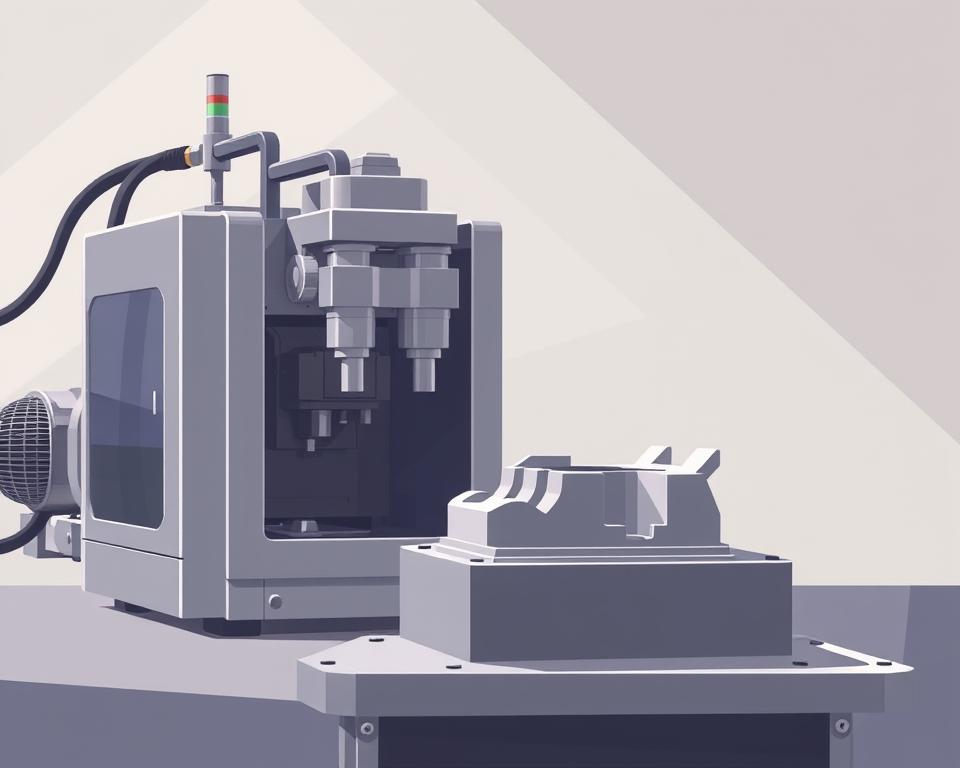Guide to Engaging China Injection Molding Suppliers
Well, the major meeting has just concluded. your new product has been approved, the timeline is aggressive, and funding is, to put it mildly, limited. Then a voice—perhaps your manager or the CFO—drops the line that gives every project manager a shock: “We should look at sourcing this from China.”
Of course, you acknowledge. On paper, it’s logical. The cost savings can be huge. However, your brain is racing with concerns. You’ve heard all the horror stories, right? The nightmare of defective parts, opaque communication, and delayed, off-spec shipments. It can feel like you’re being asked to walk a tightrope between landing a huge cost win for the company and steering your project straight into a ditch.
Here’s the thing, though. Sourcing plastic mold company can be a calculated project. It’s no different from any structured project. And like any project, it succeeds or fails based on the process you follow. It isn’t about the cheapest offer but about choosing the right supplier and running the process transparently. Disregard those scary tales. Here’s a practical playbook to nail it.

First Things First: Your Homework
Before searching suppliers or opening Alibaba, nail down your requirements. Truthfully, over fifty percent of offshore sourcing issues originate in an unclear project brief. Don’t assume a remote factory can guess your needs. It’s akin to asking someone to price-build “a structure” with no details. You’ll get wildly varied quotes that are useless.
Aim to craft an RFQ package so precise and comprehensive it leaves no room for error. It’s the cornerstone of your entire effort.
What belongs in your RFQ?
Start with your 3D design files. These are non-negotiable. Stick to universal formats like STEP or IGS to avoid any compatibility headaches. This serves as the definitive part geometry reference.
But 3D isn’t enough. Add comprehensive 2D plans. Here you specify what 3D can’t show. Think tolerances, material grades, finish specs, and any feature-critical notes. Call out smooth surfaces or precision hole sizes in big, bold notation.
Then specify the material. Don’t just say “Plastic.” Nor just “ABS.” Be specific. Specify SABIC Cycolac MG38 in black, if that’s the resin you need. Why so detailed? Because there are thousands of plastic variations. Defining the exact material guarantees the performance and appearance you designed with plastic mold injection.
They can offer alternatives, but you must provide the initial spec.
Lastly, add your business data. What’s your forecasted annual volume (EAU)? You must specify if it’s a 1K-part tool or a 1M-part production run. Cavity count, tooling cost, and per-unit pricing depend on volume.
Hunting for the Best Supplier
Now that your RFQ is pristine. who gets your RFQ? Online sourcing is global but crowded. Finding suppliers is simple; finding quality ones is tough.
Your search will likely start on platforms like Alibaba or Made-in-China.com. These are great for casting a wide net and getting a feel for the landscape. Treat them as initial research tools, not final solutions. You’ll want to quickly build a list of maybe 10 to 15 companies that look promising.
But don’t stop there. Consider using a sourcing agent. True, they charge a fee. But a reputable agent brings pre-screened factories. They are your person on the ground, navigating the language and cultural barriers. For a first-time project, this can be an invaluable safety net. Consider it timeline insurance.
Also consider trade fairs. If you can attend, shows such as Chinaplas transform sourcing. Meeting onsite is unbeatable. Inspect prototypes, interview engineers, and sense their capabilities. Plus, ask peers for referrals. Tap your professional contacts. A solid referral can be more valuable than any ad.
Shortlisting Serious Suppliers
Now you have your long list of potential suppliers and you’ve sent out your beautiful RFQ package. estimates roll in. Some prices will undercut logic, others will shock you. Your task is to filter them down to 2–3 credible finalists.
What’s the method? It involves both metrics and gut feel.
Begin with responsiveness. Is their turnaround swift and concise? Do they communicate effectively in English? But the key: do they probe your RFQ? A great supplier will review your RFQ and come back with thoughts. Example: “Should we add draft here for better ejection?” or “Your tolerance may require extended CMM time—okay?” That’s a huge positive sign. It proves their expertise and involvement. A “Sure, no issues” vendor often means trouble.
Afterward, verify their technical arsenal. Request their machine list. Seek samples or case studies of comparable projects. If you’re making a large, complex housing, you don’t want a shop that specializes in tiny gears.
Next up: the factory audit. Skipping this is a mistake. As you vet staff, you must vet suppliers. Either visit in person or engage a local audit service. They’ll send a local inspector to the factory for a day. They authenticate the firm, review ISO credentials, evaluate machines, and survey operations. It’s a tiny cost for huge peace of mind.
Transforming CAD into Real Parts
You’ve selected your partner. you’ll agree on terms, typically 50% upfront for tooling and 50% upon first-sample approval. Now the real fun begins.
The first thing you should get back after sending your payment is a DFM report. Design for Manufacturability (DFM) is essential. It’s their professional review of your CAD. The report calls out sink-risk zones, stress-causing corners, and draft angle gaps. A detailed DFM shows expertise. It becomes a joint effort. You iterate with their team to optimize the mold.
When you greenlight the DFM, they machine the mold. Weeks on, you receive the thrilling “T1 samples shipped” notification. These are your initial mold shots. It’s your first real test.
T1 parts usually require adjustments. That’s standard process. You’ll find minor defects, off-spec dimensions, or finish issues. You’ll provide detailed feedback, they’ll make small adjustments (or “tweaks”) to the tool, and then they’ll send you T2 plastic mold in China samples. It could require several iterations. Plan for this loop in your schedule.
Finally, a flawless part arrives. It meets every dimension, the finish is flawless, and it functions exactly as intended. This is your golden sample. You ratify it, and it becomes the quality yardstick for production.
Completing the Sourcing Journey
Landing the golden sample is huge, yet the project continues. Next up: mass manufacturing. How do you maintain consistency for part 10,000?
Implement a robust QC plan. Typically, this means a pre-shipment audit. Use a third-party inspector again. For a few hundred dollars, they will go to the factory, randomly pull a statistically significant number of parts from your finished production run, and inspect them against your 2D drawing and the golden sample. They’ll send you a detailed report with photos and measurements. Only after you approve this report do you authorize the shipment and send the final payment. This audit shields you from mass defects.
Finally, think about logistics. Know your shipping terms. Does FOB apply, passing risk at the ship’s rail? Or is it EXW (Ex Works), where you are responsible for picking it up from their factory door? These details have a big impact on your final landed cost.
Sourcing from China is a marathon, not a sprint. It relies on partnership-building. Treat them like a partner, not just a line item on a spreadsheet. Transparent dialogue, respect, and process discipline win. It’s a challenging project, no doubt. However, armed with this guide, you’ll secure savings and keep high standards intact. You’re ready.


